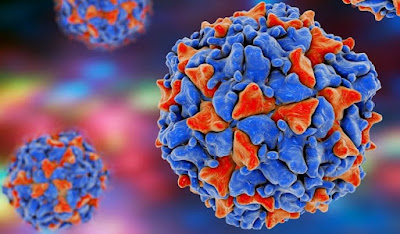At least one more case of polio-virus infection has reported in the country during the last 24 hours, the ministry of health disclosed on Friday.
The infected child hails from Khyber Pakhtunkhwa’s South Waziristan district, an area located near the border of Afghanistan.
The total count of polio-virus cases registered in the country during the current year has risen to 19. Most of these cases have reported in North Waziristan’s tehsil of Mir Ali.
Polio or poliomyelitis is a crippling and life-threatening disease caused by the polio-virus. It leads to acute flaccid paralysis in 1 out of 2,000 people infected by the virus.
However, in many cases, symptoms are not visible and a fourth of the infected persons experience flu-like symptoms such as sore throat, fever, nausea, stomach pain, headache, and tiredness, according to information shared by the US Centers for Disease Control and Prevention (CDC).
The CDC warns that polio-virus could also cause meningitis (infection of the spinal cord and/or brain) occurs in about 1-5% of persons infected with the poliovirus (depending on the virus type).
Also Read: Punjab is facing spike in fresh dengue cases
Even children who seem to fully recover can develop new muscle pain, weakness, or paralysis as adults, 15 to 40 years later, the CDC outlines. This is called the post-polio syndrome.
Inhibiting transmission:
Health practitioners warn that poliovirus is extremely contagious and spreads through person-to-person contact therefore vaccination is the key to disease prevention.
Pakistan’s government undertakes massive measures to inoculate children between the ages of 1 to 5 every year and encourages parents to remain vigilant about the health of their children, yet the laxity of some guardians has led to the spread of the virus once again.
Currently, only Pakistan and Afghanistan are infested by the paralyzing virus and are battling to end its existence.
The virus lives in the intestine of the infected person for several weeks. It is also hosted by the mouth of the sick person. Thereby the chances of infection from person-to-person contact are high.
The disease is also on the global watch list because the contagion survives in food and water too.



